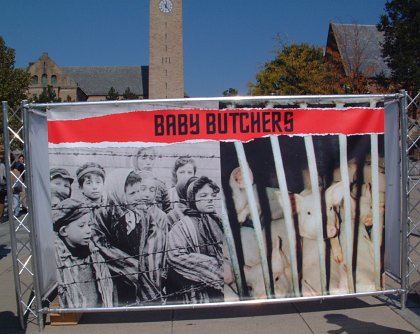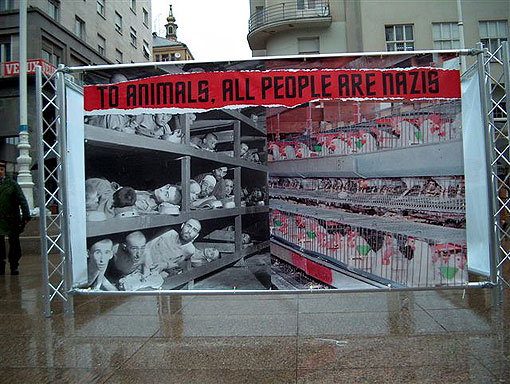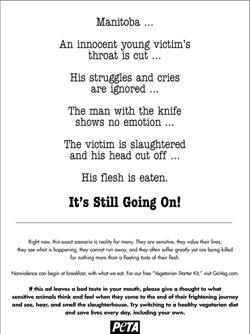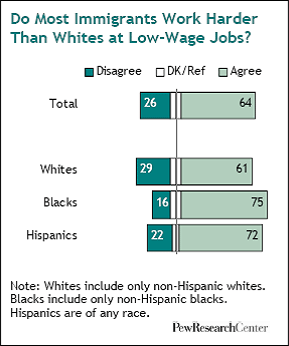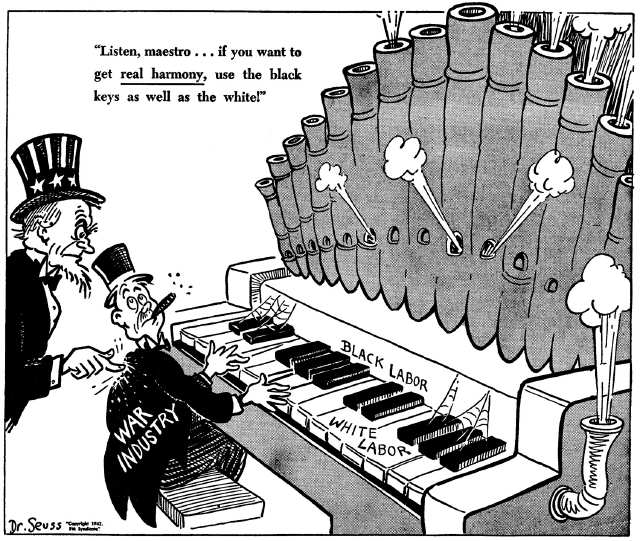This article on modesty was in Women’s Care, a free magazine that showed up in my mailbox yesterday.
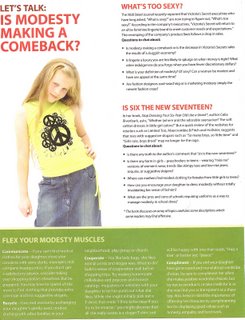
I assume the way the girl is posed and the look on her face are supposed to imply immodesty. Her clothes don’t strike me as at all problematic (I mean, are peace signs sexy?), so if it’s supposed to be an image of the “comeback” of modesty, the pose and look are extra creepy.
Some quotes from the 1-page article:
The Wall Street Journal recently reported that Victoria’s Secret executives who have long asked, ‘What is sexy?’ are now trying to figure out, ‘What’s too sexy?’…The revamping of the company’s product lines follows a drop in sales. Questions to chat about: Is modesty making a comeback or is the decrease in Victoria’s Secret’s sales the results of a sluggish economy?
Where can mothers find modest clothing for females from little girls to teens?
Again we see the assumption that caring for kids is women’s work–it’s not parents who are looking for clothing for their kids, it’s mothers.
In addition to the cut and length of clothing, the article discusses “slogan” tees that say things like “So many boys, so little time.” There is no mention whatsoever of boys’ slogan tees, which are also often offensive or at least questionable. We only need to worry about modesty in reference to girls, apparently.

